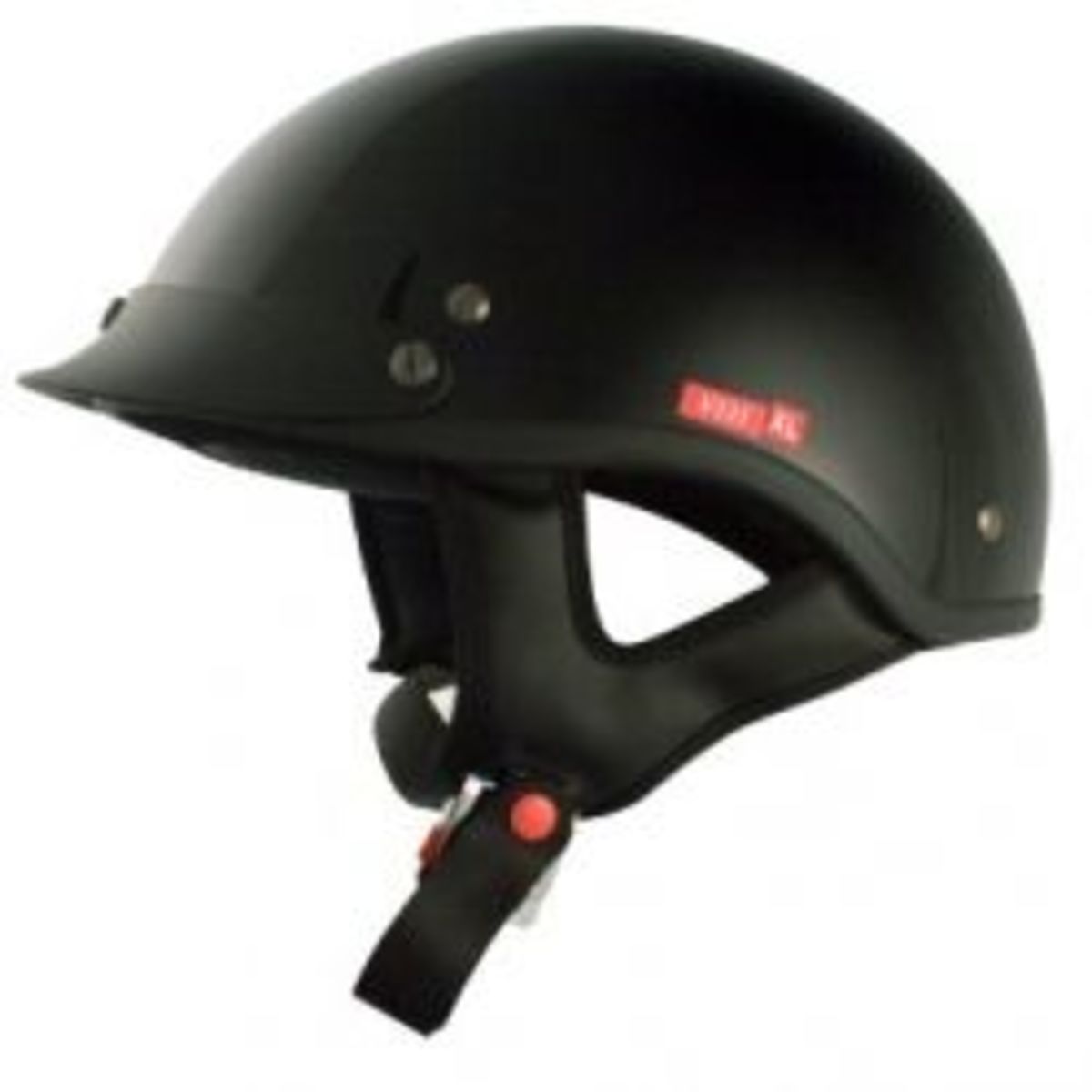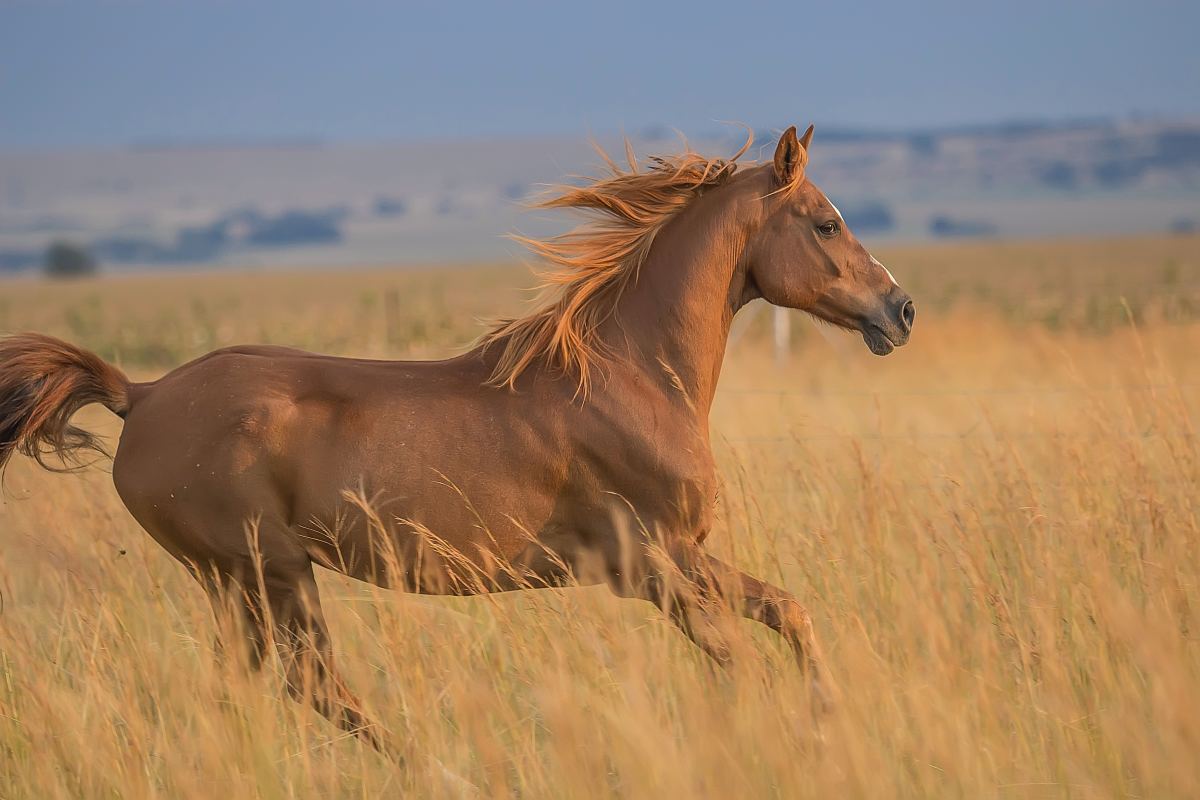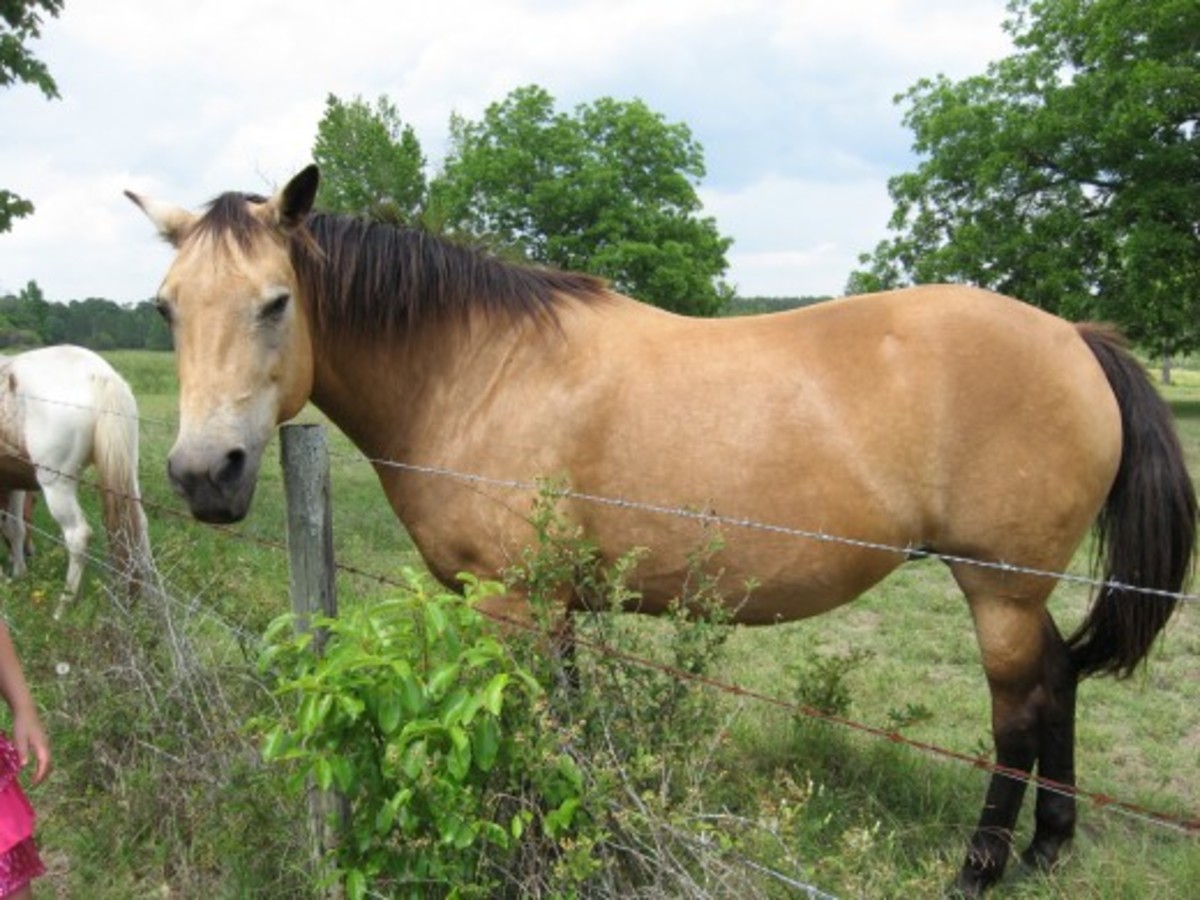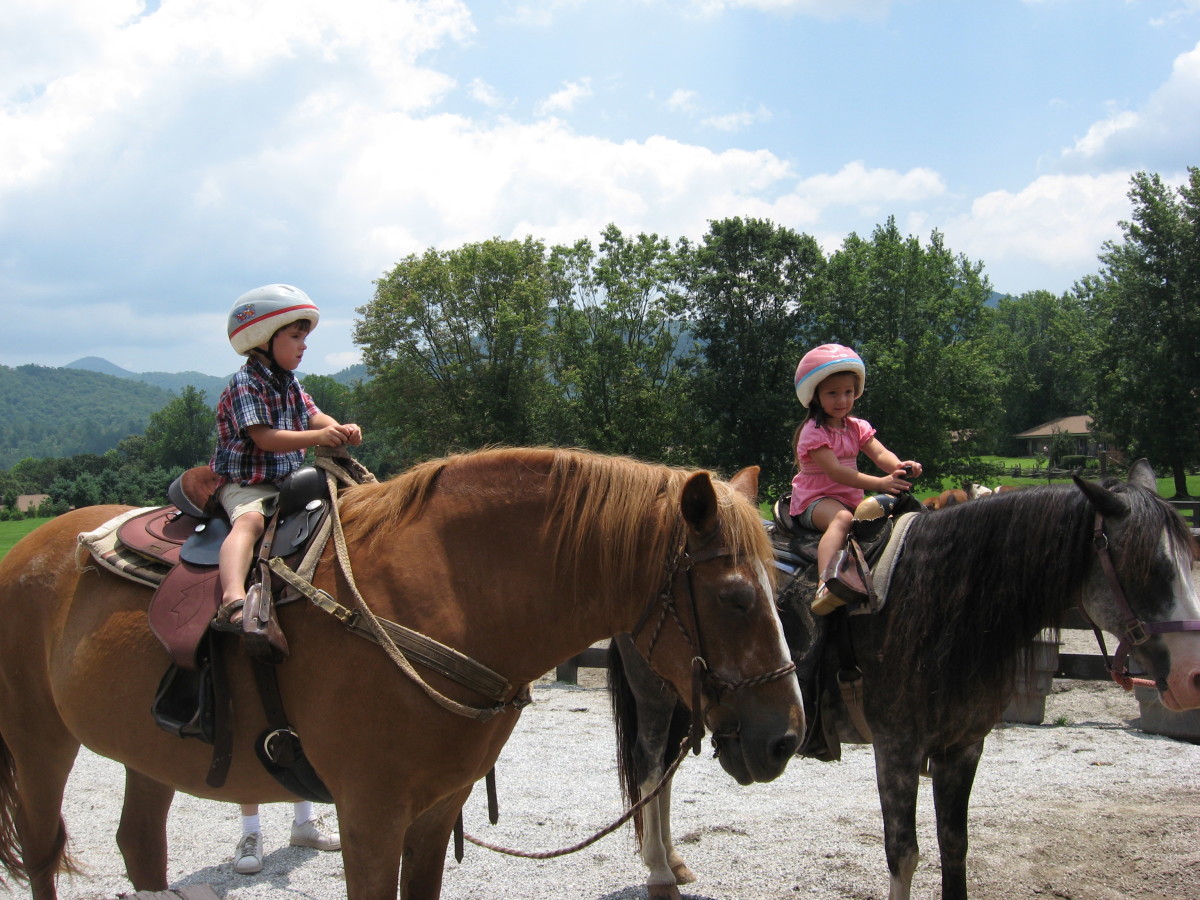Equestrians Wear Your Helmets
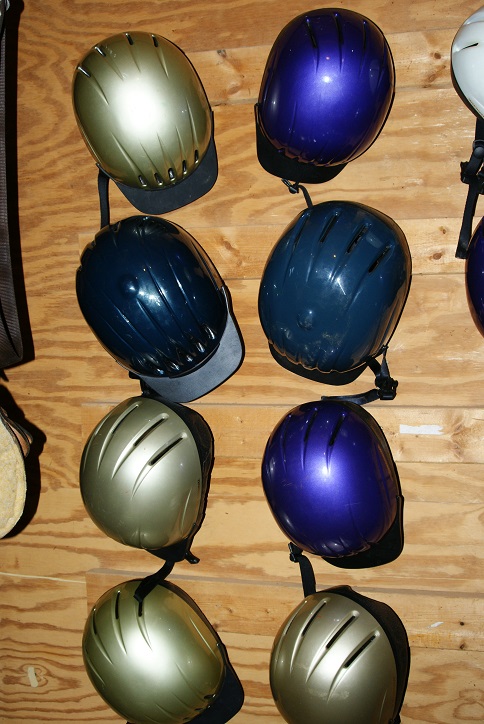
Wear Your Helmet Every Time
The American Medical Equestrian Association (AMEA) and the Safe Riders Foundation reports that sixty percent of deaths due to riding accidents are a result of head injury. They state that wearing a ASTM/SEI approved helmet has reduced head injuries by 30% and severe head injuries by 50%.
The American Society for Testing and Materials (ASTM) and the Safety Equipment Institute (SEI) has set the standard for the modern riding helmet. It is well documented that wearing an ASTM/SEI approved riding helmet saves lives and protects riders from brain damage in a fall from a horse. But sometimes its not until a loved one is left paralyzed, or loses their life, that we are really struck by the reality that horseback riding is a high risk activity. The risk can be minimized by the simple act of putting on a helmet every time we ride.
The US Pony Club reports their head injury rate has been reduced by 29% since they have made wearing helmets mandatory, and head injuries are fewer among jockeys than recreational riders since the American Jockey Club began requiring they wear safety-approved helmets. In Britain the hospital admission rate for riders dropped 46% after helmets became routine gear for English equestrians.
Most equestrian associations now have rules requiring safety helmets be worn. In Ontario, Canada it's the law that individuals under 18 years old must wear helmets while riding. Parents, trainers or instructors can be fined up to $5000 if a minor is found not complying with this law.
In the United States the horse industry is self-regulating the use of helmets. The USA Equestrian Federation requires that all junior competitors in hunter, jumper and hunt seat equitation must wear ASTM-SEI approved helmets while mounted anywhere on the show grounds. USEF added a rule in article 1713 for eventing, requiring protective headgear at all levels of competition. The rule states a hardhat must be worn when riding on the flat, and when jumping an ASTM/SEI approved helmet with harness secure and properly fitted must be worn. Several states have laws requiring helmet be worn when riding. Florida, Kentucky, California, Washington, and New York have laws requiring helmets especially for youth in certain places like public roads, parks and other public owned places.
4-H rules vary from state to state. In Kentucky all 4-Hers when at a 4-H event are required to wear ASTM-SEI approved helmets that are secure and properly fitted anytime they are riding or driving horses.
The United States Pony Club requires that approved helmets be worn at all times when mounted.
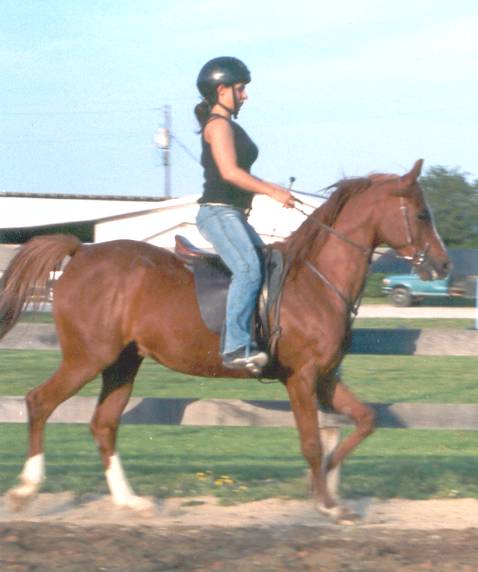
Ride in Style
The good news, if saving your life isn't enough, is that riding helmets come in a large variety of styles and colors.Children's models in pinks, blues, purples and a rainbow of other colors also have embellishments such as cartoon ponies, sparkles, glitter and more. Western riders can find models with wide brims or styled with fancy tooling on a leather finish. There are literally dozens if not hundreds of styles of helmet to suit any taste. They are become somewhat a status symbol among equestrians of all disciplines. So, there is no excuse not to wear a helmet every time you ride.



